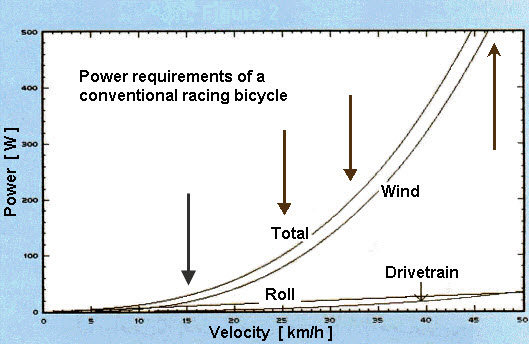Ah. This explains a great deal and thankyou for the extra detail, you won't get any agro from me regarding such devices as my view has always been that of a fence sitter, it was just the average figure that I found intesting.I was slightly reluctant to reply to Gubbins queery about how I manage to achieve around a 20mph average speed on my road ride home due to the way many threads have previously got derailed by the legal bike/non legal bike polarising argument, and how certain members who are entirely rational when discussing any other issue seem to lose the plot completely on this topic. I can almost feel Colin rushing to his keyboard as I write.
So I will whisper ever so quietly that my bike keeps helping me above the legal cut off point.
One of the better threads I contributed to on the commute to work/ de restricted bike argument that is also mercifully short and full of humour was by pedalec member Wolfie70 in his thread Terry Scott gets Badasse! Made back on May 11th 2016 in the electric buke reviews section. Well worth a read just for the humour.
One myth for me at least and pertinent to a thread about battery range is that a de restricted bike will wear your battery out quicker, as mine is now in its fourth year with 9146 miles since I bought the bike in 2015 and no sign of a loss in capacity at all (My display shows that it uses the same amount of my batteries capacity for my journeys as it always has), although there must be some obviously.
To be honest I do not take a note my average speed for my 10 mile road trip home very often but just enjoy my ride home, and know that it varies according to weather conditions, my effort etc, but when I did take a note of it one night I had averaged just over 20mph after taking 29 minutes to cover the 10 mile undulating B road return from work. Weather conditions were very good on that night and I was obviously in the mood to add lots of effort as well.
I do agree that bike shops do mis-lead new buyers with their very optimistic range figures.
The figures I posted in my Beautiful Symetry post just amused me as the potential range of my longer off road journey at 56 miles for my 400Wh battery was exactly twice as far as the potential range of my shorter road trip home.
As I only use my bike to commute to work and back the total range of my bike is never an issue. I am also lucky enough to be able to charge my battery back up at work ready for the journey home.
In find that high average speeds over relatively short distances are one thing but as the distance increases all the small low speed instances soon mount up to drag the average down. The other point is that using a speedup device puts any battery usage comments in a totally separate arena.







